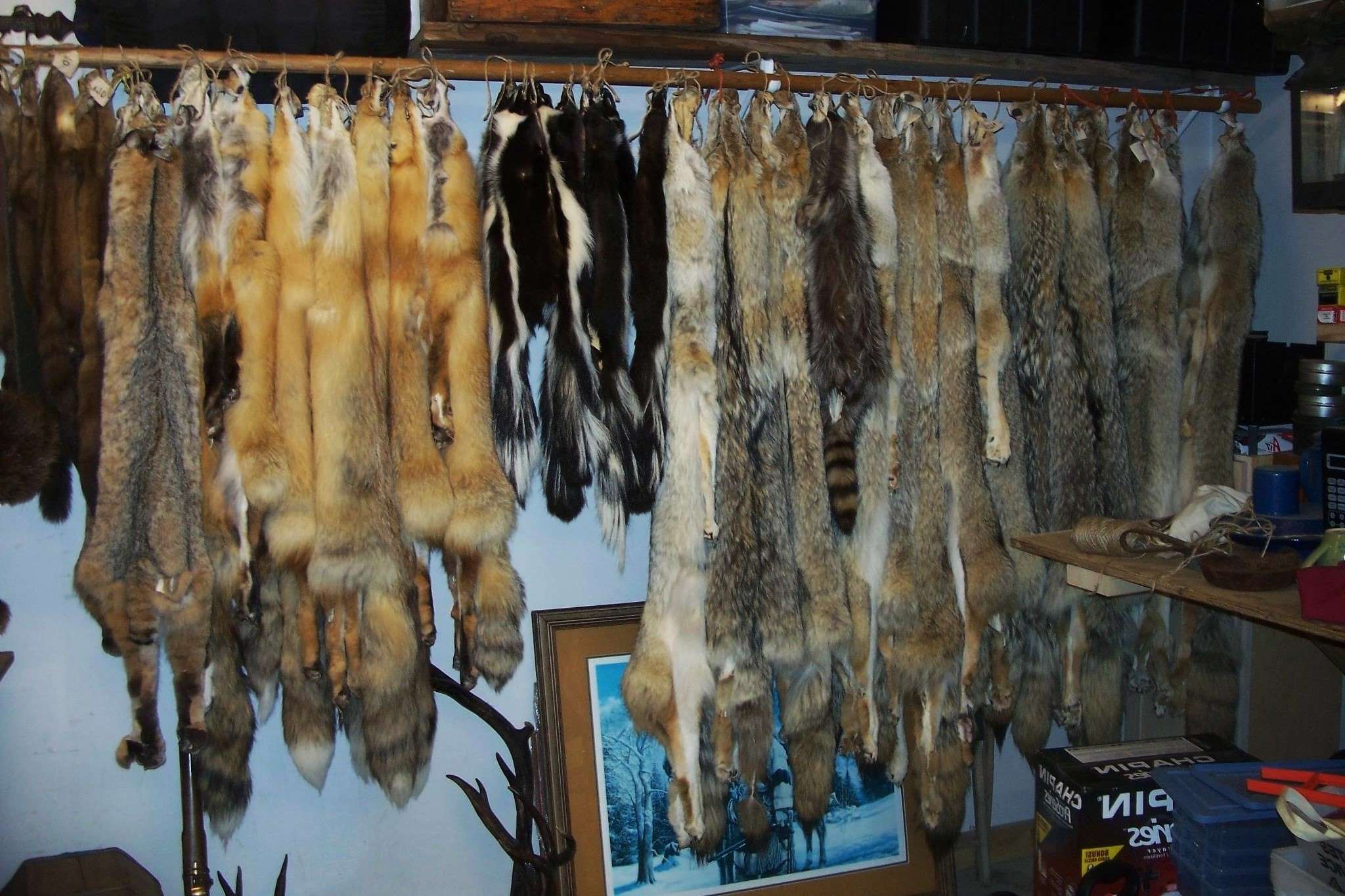America’s Hidden Fur Trading Posts Of The Northwest

Ever wondered about the hidden gems of American history? The fur trading posts of the Northwest hold stories of adventure, survival, and commerce. These posts were bustling hubs where trappers, traders, and Native Americans exchanged goods, cultures, and tales. Imagine rugged landscapes, dense forests, and rivers teeming with life. These places weren't just about business; they were melting pots of different worlds coming together. From the early 1800s, these posts played a crucial role in shaping the region's economy and culture. Ready to dive into the past and uncover the secrets of these fascinating sites? Let's get started!
America's Hidden Fur Trading Posts of the Northwest
The Northwest holds a treasure trove of history, especially when it comes to fur trading posts. These hidden gems offer a glimpse into the past, showcasing the rugged life of trappers and traders. Let's explore some of these fascinating locations.
Fort Vancouver
Fort Vancouver, located in present-day Washington, was a bustling hub for fur trading in the early 19th century. Managed by the Hudson's Bay Company, it played a crucial role in the region's economy.
- Fort Vancouver National Historic Site: This site offers a reconstructed fort, museum exhibits, and living history demonstrations. Visitors can experience the daily life of traders and Native Americans.
Fort Astoria
Fort Astoria, situated in Oregon, was the first American-owned settlement on the Pacific Coast. Established by John Jacob Astor's Pacific Fur Company, it became a key trading post.
- Fort Astoria Park: This small park marks the original site of the fort. While the fort itself no longer stands, interpretive signs provide historical context.
Fort Nisqually
Fort Nisqually, located in present-day Tacoma, Washington, was another significant fur trading post. It served as a vital link between the coast and the interior.
- Fort Nisqually Living History Museum: This museum features reconstructed buildings, costumed interpreters, and hands-on activities. It's a great place to learn about the fur trade and pioneer life.
Fort Okanogan
Fort Okanogan, in Washington, was established by the Pacific Fur Company and later taken over by the North West Company. It was a key trading post along the Columbia River.
- Fort Okanogan State Park: This park offers interpretive trails, picnic areas, and stunning views of the Columbia River. Visitors can learn about the fort's history through informative displays.
Fort Spokane
Fort Spokane, located at the confluence of the Spokane and Columbia Rivers, served as a military post and later a fur trading center. It played a significant role in the region's development.
- Fort Spokane Visitor Center: This center provides exhibits on the fort's history, including its role in the fur trade. The surrounding area offers hiking trails and scenic views.
Fort Colvile
Fort Colvile, near Kettle Falls, Washington, was a major trading post for the Hudson's Bay Company. It was strategically located to facilitate trade with Native American tribes.
- Kettle Falls Historical Center: This center features exhibits on Fort Colvile and the fur trade. Visitors can also explore the nearby Kettle Falls, a historically significant fishing site.
Fort Walla Walla
Fort Walla Walla, in southeastern Washington, was a key trading post and military fort. It played a vital role in the region's fur trade and settlement.
- Fort Walla Walla Museum: This museum offers exhibits on the fort's history, including its role in the fur trade. The site also features historic buildings and beautiful gardens.
Fort Boise
Fort Boise, located in Idaho, was established by the Hudson's Bay Company as a fur trading post. It later became an important stop on the Oregon Trail.
- Fort Boise Park: This park marks the original site of the fort. Interpretive signs provide historical information, and the surrounding area offers recreational opportunities.
Fort Hall
Fort Hall, in Idaho, was a significant trading post for the American Fur Company. It later became a vital stop for pioneers traveling west.
- Fort Hall Replica: This replica of the original fort offers exhibits on the fur trade and pioneer life. Visitors can explore the reconstructed buildings and learn about the fort's history.
Fort Vancouver National Historic Site
Fort Vancouver, located in present-day Washington, was a bustling hub for fur trading in the early 19th century. Managed by the Hudson's Bay Company, it played a crucial role in the region's economy.
- Fort Vancouver National Historic Site: This site offers a reconstructed fort, museum exhibits, and living history demonstrations. Visitors can experience the daily life of traders and Native Americans.
Discovering America's Hidden Fur Trading Posts
Exploring America's hidden fur trading posts in the Northwest offers a unique glimpse into the past. These sites tell stories of early settlers, Native American tribes, and the fur trade's impact on the region. Visiting places like Fort Vancouver or Astoria can make history come alive. You can walk where trappers and traders once did, see artifacts, and learn about the daily lives of those who lived there.
These posts aren't just historical sites; they are windows into the cultural exchanges that shaped America. They show how trade and cooperation were vital for survival and growth. Whether you're a history buff or just curious, these hidden gems provide a rich, educational experience. So next time you're in the Northwest, take a detour to one of these fascinating spots. You'll leave with a deeper appreciation for America's diverse history.

